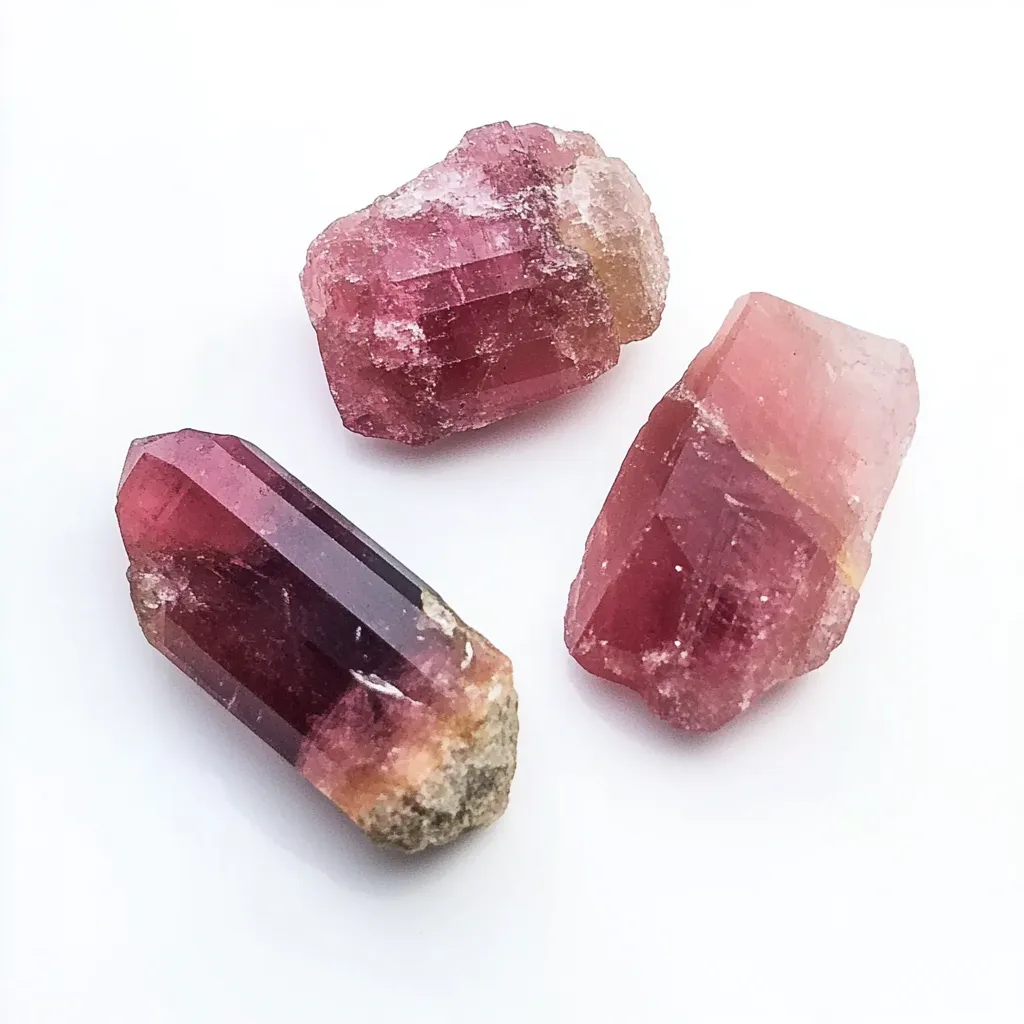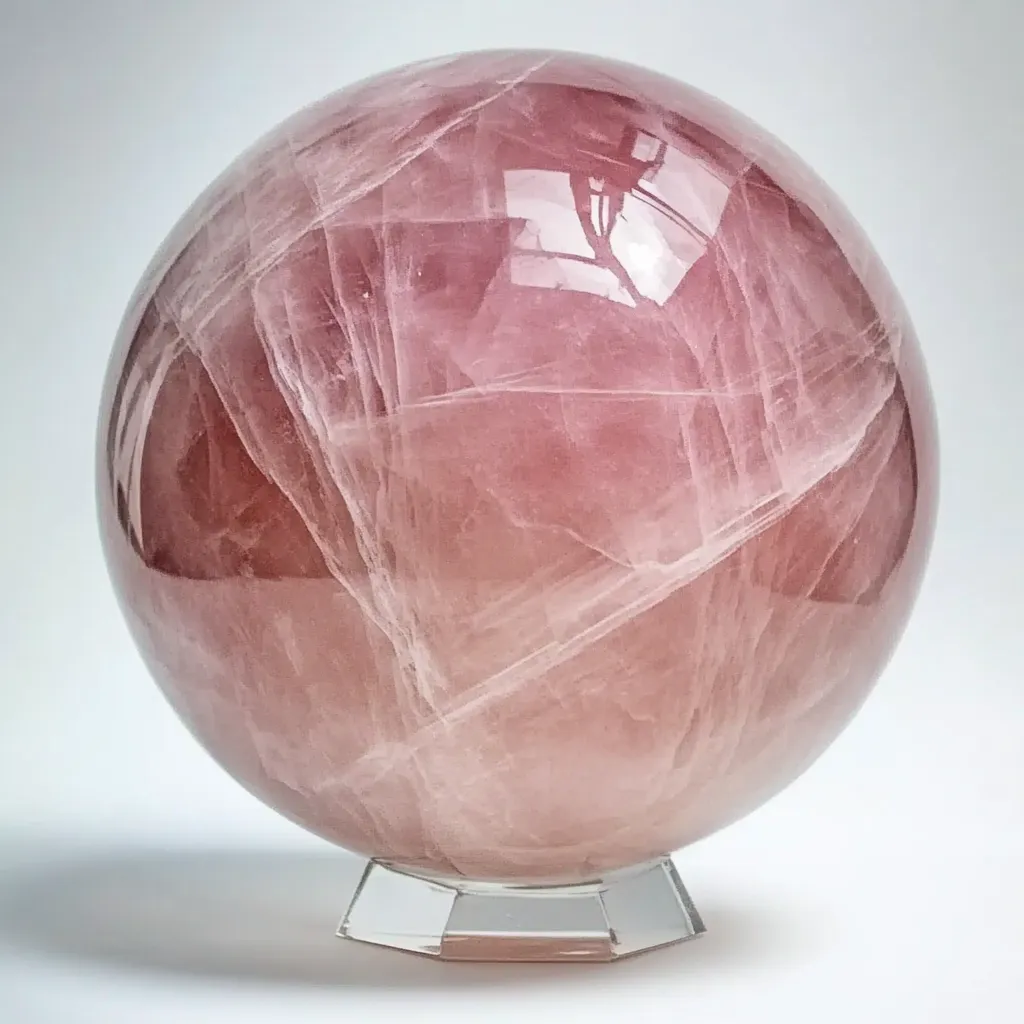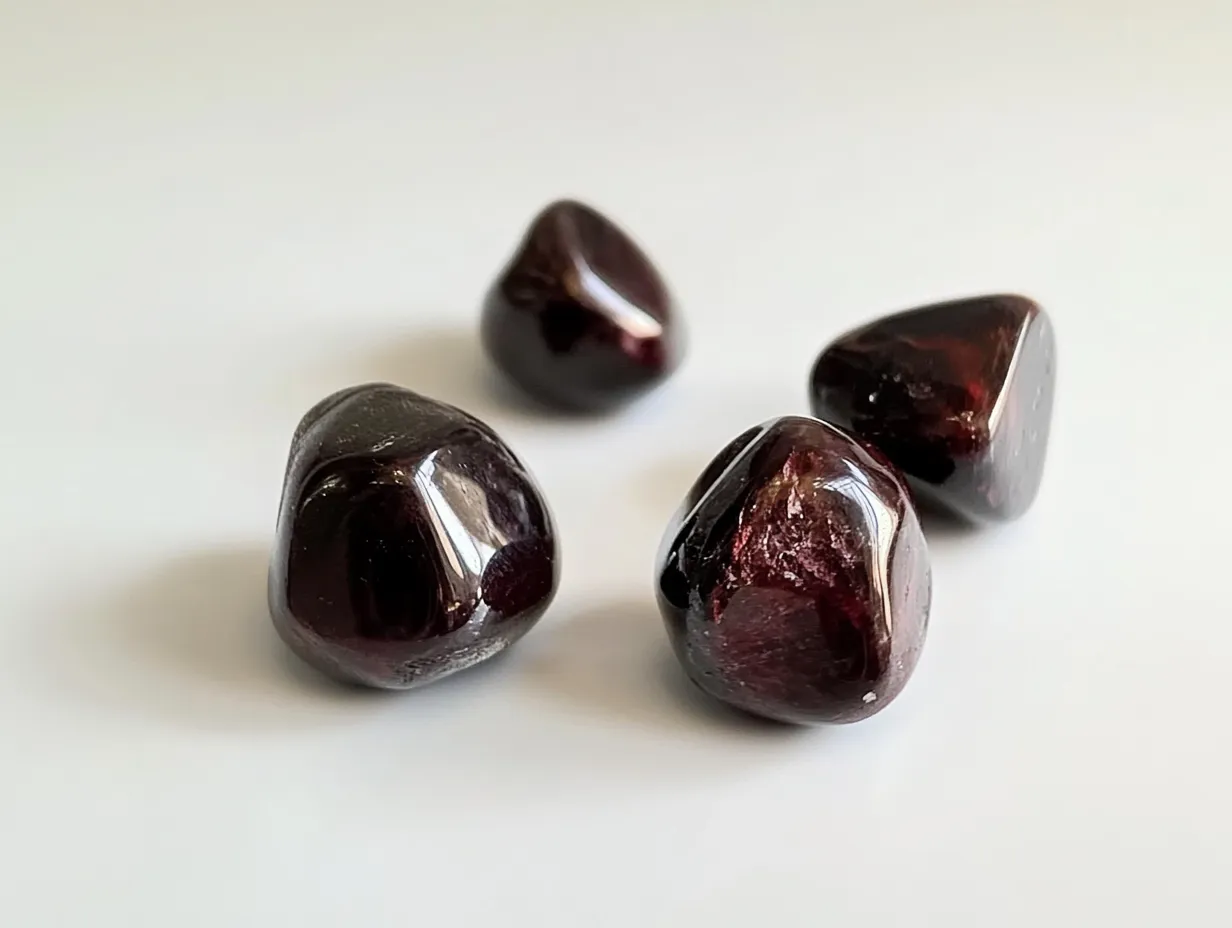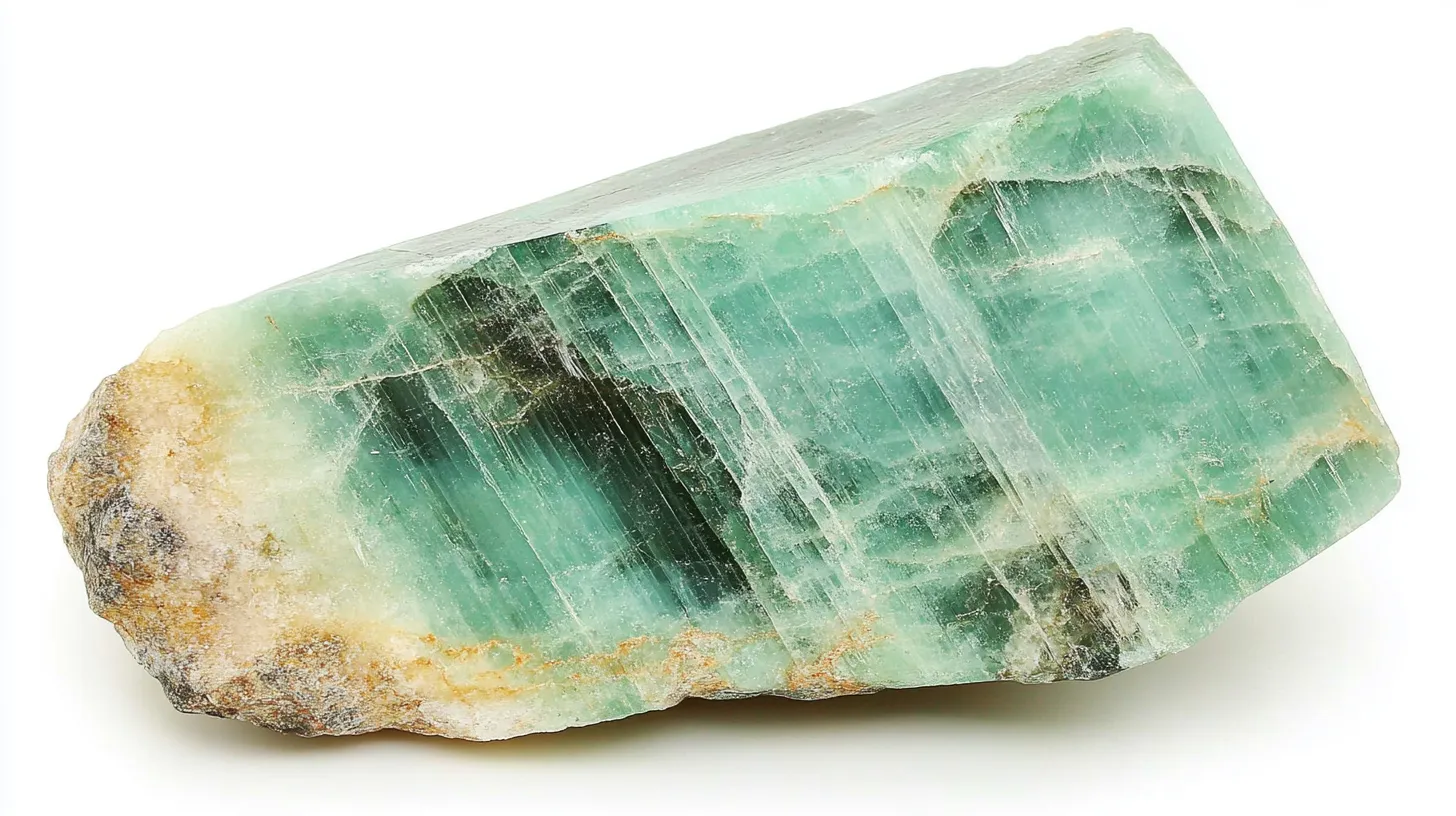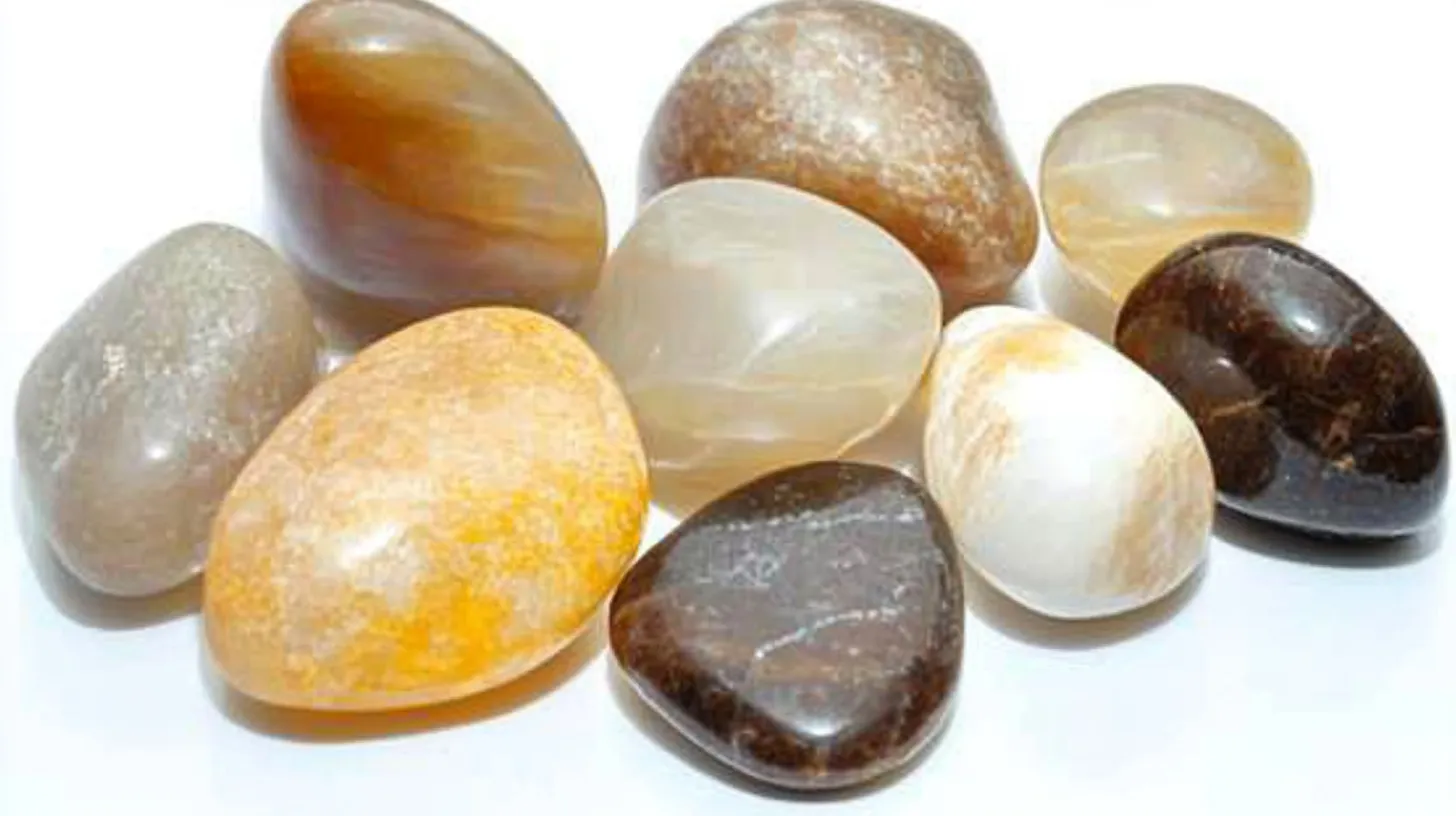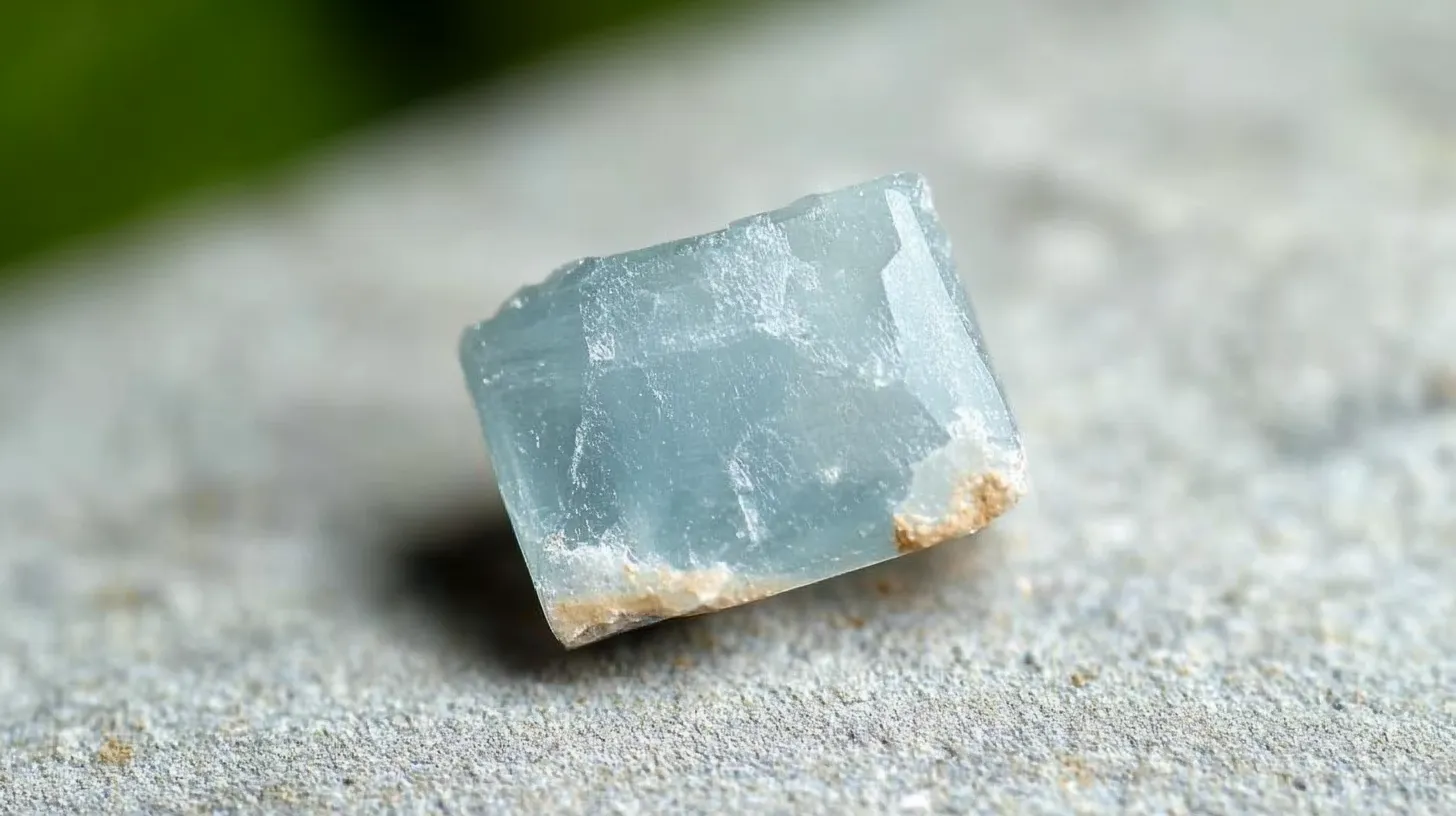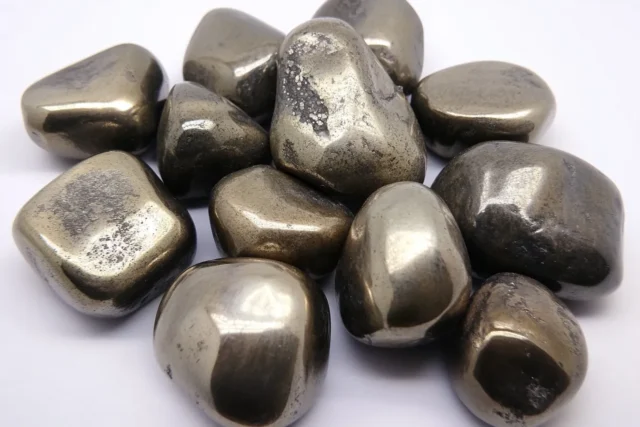

Scientific Information
Often referred to as “Fool’s Gold,” pyrite is a metallic mineral that has captivated humans for thousands of years. To be scientifically precise, pyrite is iron sulfide (FeS₂), and its dazzling golden-yellow color and metallic luster make it a noticeable specimen in any collection. Pyrite exhibits a variety of forms, including the production of perfectly cubed specimens that display crystallographic cleavage. When found in rocks or sediment, pyrite appears in a devastated landscape like a tawdry heyday prospecting, a pyritiferous boneyard—a fool’s fool’s paradise.
Though it looks like gold, pyrite is far more prevalent and much less precious. Still, occurring in seemingly endless variety in numerous geological settings—everything from coal mines to gold veins—its contributions to our understanding of the Earth are assured. Pyrite’s importance stems from its ubiquity and versatility, despite its frequent confusion with its more valuable cousin. This confusion also extends to the more occult realms where pyrite is used in divination.
Geological Properties
The geological properties of pyrite render it a subject of considerable interest among geologists. It usually forms at low to medium temperatures in both sedimentary and metamorphic environments. Pyrite is most often found in the company of other sulfide minerals—like chalcopyrite, sphalerite, and galena. Pyrite’s crystal structures tend to appear in cubes or in octahedral forms, although larger specimens sometimes present a more complex appearance.
The distinctive metallic luster of pyrite comes from its high iron content. It is hardened to about 6 to 6.5 on the Mohs scale, making it somewhat durable but still prone to scratching. Geologically, pyrite is often considered a primary mineral. This means it’s one of the first to crystallize when molten rock cools or when mineral-rich solutions cool. Because it’s crystallizing early when the conditions are right, it has a big role in forming ore deposits. Those deposits can contain valuable metals like gold, copper, and zinc.

Pyrite’s Occurrence and Related Minerals
| Mineral Type | Description | Common Associations |
|---|---|---|
| Pyrite | Iron sulfide, often in cubes or octahedrons | Found with chalcopyrite, sphalerite, galena |
| Chalcopyrite | Copper iron sulfide, a golden brass color | Often found with pyrite, valuable ore of copper |
| Sphalerite | Zinc sulfide, can be yellow to brown | Frequently found with pyrite in ore deposits |
| Galena | Lead sulfide, metallic luster | Often coexists with pyrite in lead-zinc deposits |
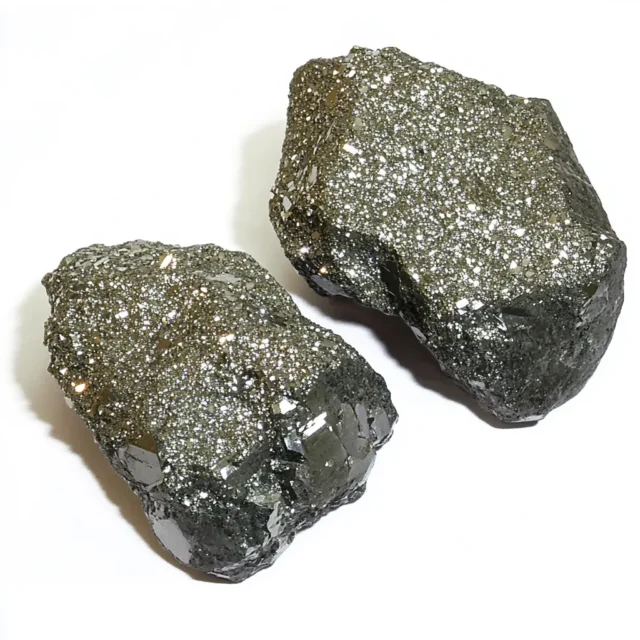
The symbolism of the Pyrite Stone
Apart from its scientific and geological attributes, pyrite holds a great deal of symbolism. Many cultures throughout history have ascribed various meanings to the stone, especially because of its golden color, which is often linked with the ideas of wealth and prosperity. In ancient cultures, pyrite was thought to bring in wealth and keep poverty away; it was a popular stone for traders and merchants to carry or wear to ensure their financial success. Some ancient cultures also thought that pyrite was helpful in battles and that it kept evil spirits away.
Today, the stone that is known as fool’s gold carries on the good-luck legacy associated with it for thousands of years. Most people who see pyrite are struck by its appearance, with that brilliant, almost dazzling, golden color that is suffused with the sun’s light and that, in the words of American artist John Tissot, imparts to pyrite “a kind of vitality and energy that’s typical of successful stones.” People see pyrite, and they think “gold”—as in, gold is always a sure sign of prosperity, abundance, and good fortune.

Healing Properties
For a long time, people have used pyrite in metaphysical practices because they believe it has healing properties. Scientific evidence does not support these beliefs. Yet, some folks really like to use metaphysical stones, like pyrite, to enhance their physical and emotional well-being. They don’t see it as fake or wrong. They see it as an important part of their lives. Whether for confidence, energy, mental clarity, or any number of things, these folks know and trust the stone’s presence in their lives.
People suffering from fatigue find it difficult to recover physically. Pyrite is believed to be an invigorating stone that can give the user more pep in their step and even more stamina for the short term. As for when we are feeling down emotionally and have lost sight of what it takes to be our best selves, pyrite is said to be a perfect companion for those in recovery, making the stone an emotional healing powerhouse.
Some people carry pyrite for protection, particularly in the form of jewelry. They say that its strong, deflecting energy counters negative vibes and helps create a safe space for the wearer. This benefit makes pyrite a go-to for those in need of a protective stone to carry around in everyday life or during particularly tough times.
Benefits of Pyrite in Metaphysical Healing
| Benefit | Description |
|---|---|
| Physical Energy | Believed to boost energy and stamina, especially for those suffering from fatigue |
| Emotional Healing | Said to assist in emotional recovery, helping users regain confidence and clarity |
| Protection | Known to create a protective aura, deflecting negative energies and ensuring safety |
| Prosperity and Luck | Often used to attract wealth, prosperity, and good fortune in various forms |

The Color Energy of Pyrite Stone
Often called “Fool’s Gold” because of its metallic luster and appearance that is so much like gold, pyrite carries a potent color energy. Its bright yellow and golden shades link it directly with vitality, with wealth and abundance. The color of Pyrite—really, the color of each facet of Pyrite—is emblematic of the sun: a radiating energy that somehow, in ways as yet uncharted, bumps up the user’s physical and mental energy levels, making them somehow stronger, somehow more confident than they were before.
The shiny, mirror-like surface of pyrite is a wonderful metaphor for what this stone does for you on an energetic level. Just as the reflective qualities of pyrite can act as a mirror to one’s internal energy, they also reflect outward energy in the best light possible. Pyrite is known for its illuminating powers. It doesn’t just channel your energy and direct it to where it needs to go. No, my friends. It literally makes you glow and sends you forth into the world, sparkling like the crystal you are.
Pyrite’s Color Energy Chart
| Color Energy Aspect | Connection |
|---|---|
| Bright Yellow | Vitality, wealth, abundance |
| Golden Shades | Connection with the sun, radiating energy |
| Reflective Surface | Mirroring internal energy, reflecting outward energy |

Using Pyrite Stone
For a long time, people have known about the practical and metaphysical benefits of pyrite. Various cultures, especially ancient civilizations like the Incas and Aztecs, used it as a protective talisman. Today, many use Pyrite to improve their wealth, health, and even luck. Some people put pyrite stones in their homes or workplaces to attract abundance and shield against negative energies.
In addition to its protective properties, Pyrite plays a more common role in today’s spiritual practices. It has become popular in the new-age community for use in meditation. People may grasp a piece of pyrite while they sit and try to still their minds. It might help them to effectively reach that meditative state where they start to see visions of their future.
Pyrite’s Uses Chart
| Use | Purpose |
|---|---|
| Talisman | Protective energy, wealth and luck |
| Meditation | Assists in reaching a meditative state, visions of future |
| Home and Work | Attracts abundance, shields from negativity |
Pyrite Stone Side Effects
Although pyrite is a stone of strength and abundance, it is vital to deal with it from a balanced perspective. The people to whom Pyrite is most suited are those who truly understand its nature and work with it in a mindful manner. If you are not used to working with forceful energy stones, if you don’t have an established daily practice where you work with crystals, then Pyrite may not be the best stone for you. Some people find it makes them too anxious and overstimulated.
We recommend cleaning pyrite regularly, either by running it under water or using sage to clear any accumulated energies. As with any crystal, it’s essential to use Pyrite in moderation and pay attention to how it affects you personally. With any kind of crystal, if you’re experiencing negative side effects, consider using it less or using it in combination with grounding stones like Hematite.

Pyrite Stone for the Goddess
Often considered a potent stone for women, especially when it comes to empowerment, Pyrite carries an energy that resonates strongly with the divine feminine. It’s a powerful ally for the modern goddess, providing support in both the personal and the professional realms—a boost to not only your inner strength but also your confidence.
Including Pyrite in sacred or meditation work dedicated to self-empowerment can have very favorable results. When carried or worn, it serves to amplify both the beliefs and the divine energies of the person donning it. The wearer of this stone—especially in large, jewelry-format pieces—will find that it resonates compellingly with both their sense of personal abundance as well as their inward and outward expressions of self-love. This statement may be true for anyone wearing pyrite. It appears to have a highly potent effect.
Pyrite Stone’s Meaning in Talismans and Amulets
The protective qualities of pyrite have been acknowledged throughout history. In ancient times, the mineral was carved into shapes suitable for amulets. People wore these amulets to shield themselves from evil energies, particularly during battles and significant journeys. Because of Pyrite’s close association with the sun, it was a common symbol of strength and energy. Therefore, it is not surprising that the ancient peoples infused their rituals with a sense of joy while wearing their protective talismans. No doubt, they sang, danced, and performed other pleasurable acts that put them in a state of happy euphoria.
Currently, Pyrite is still considered an important amulet for wealth and prosperity. Individuals seeking financial stability or career success often carry Pyrite. Some people wear pyrite in the form of bracelets or pendants to attract good fortune, believing that the stone’s presence somehow prompts the universe to bestow wealth upon them while also safeguarding them from harm.

Questions and Answers
Additional Information on Pyrite
Pyrite Fool’s Gold
Often referred to as “Fool’s Gold,” pyrite has a shiny, metallic luster that closely resembles real gold, fooling many into thinking it is a precious metal. Although it’s not actually gold, its striking looks and intriguing backstory have made it a popular item among collectors. Ancient cultures have valued this mineral for millennia, using it for a variety of purposes, some of which were downright bizarre.
Pyrite and Gold
Although it may resemble gold, pyrite is completely unique in its chemistry. Pyrite is a sulfide of iron, while gold is a dense, malleable metal. But they share a hue that is similar enough to make pyrite an effortless mistake for gold. Having a handle on the distinctions between the two can help miners and other fieldwork folks tell them apart.
Table 1: Key Differences Between Pyrite and Gold
| Property | Pyrite | Gold |
|---|---|---|
| Chemical Composition | Iron sulfide (FeS₂) | Pure metal (Au) |
| Appearance | Metallic luster, brassy yellow | Metallic luster, golden yellow |
| Hardness | 6-6.5 on Mohs scale | 2.5-3 on Mohs scale |
| Density | 5 g/cm³ | 19.3 g/cm³ |
Crystalline Pyrite
Geometric shapes that often look like cubes or octahedrons define crystalline pyrite. They form in the Earth under very specific conditions. Because they are so fascinating and look so good in any collection, crystalline pyrite specimens are in demand among collectors.
Table 2: Types of Crystalline Pyrite Forms
| Form | Description |
|---|---|
| Cubic | Cube-shaped crystals, often shiny |
| Octahedral | Eight-sided crystals, highly symmetrical |
| Dodecahedral | Twelve-sided crystals, rare and beautiful |
Pyrite Gold Rock
Commonly found in the same geologic formations as gold, pyrite leads many to believe that it and gold ore are the same material. In truth, although certain sulfuric rocks might contain both pyrite and gold, those rocks are far more plentiful without pyrite. And in any case, ores that contain pyrite have never been known to yield amounts of gold that would make mining them worthwhile.
Pyrite Sphere
A pyrite sphere is a polished, spherical form of pyrite that’s popular in decorative and healing practices. The smooth, shiny surface of the pyrite sphere highlights its metallic luster and brings out the mineral’s golden glow. Many people use pyrite spheres for meditation or as energy tools, believing they can help attract prosperity and success.
Pyrite Ore
Pyrite ore is the natural rock from which pyrite is drawn. It typically forms in sedimentary, igneous, and metamorphic environments. Miners often find pyrite ore in coal beds, limestone, and volcanic rocks. While it’s primarily mined for its iron content, pyrite ore has also been historically used in the production of sulfuric acid and other industrial chemicals.
Iron Pyrite Price
Iron pyrite’s price is contingent on several factors: the raw material’s purity, its form, and, notably, demand. Iron pyrite can’t touch gold (or many other precious metals) when it comes to value. But, as several of my sources point out, this material has some saleable industrial applications. Still, you might be wondering how much the stuff costs, given these not-all-positive descriptions.
Silver Pyrite
The silver pyrite, also called marcasite, is a mineral that is closely related to pyrite but possesses a different crystal structure. Jewelry makers often use silver pyrite, with its pale, silvery hue, in contrast to the well-known gold-colored pyrite. Despite their similar chemical compositions, silver pyrite is more brittle and less stable than pyrite, making it a mineral that is somewhat difficult to handle.
Limonite After Pyrite
Limonite is an iron ore that forms as a secondary product when pyrite undergoes weathering. When pyrite is exposed to oxygen and water, it oxidizes, creating limonite. This transformation often leads to a yellow-brown coloration in the mineral, which is less lustrous than pyrite but still valuable as an iron source.
Pyrite Pronunciation
The correct way to say “pyrite” is “pie-rite,” and you must give the first syllable a fair amount of gusto. The name comes from the Greek “pur,” which means “fire”—and for a good reason. When it comes to history, Pyrite can illuminate a room, or at least spark a conversation. Since the ancient Greeks discovered how to pronounce its name, this material has fluctuated in popularity. You should truly embrace it.
Iron Pyrite Melting Point
Pyrite takes on the appearance of auriferous rocks at about 1,177°C (2,150°F). But the appearance of pyrite can fool even the best geologists. Only rocks can stabilize it, and the Earth’s crust naturally forms it under a wide range of conditions. Yet even the most diligently blundering prospector can’t stake a claim to fool’s gold without first having an awful lot of rock or an awful lot of heat.

